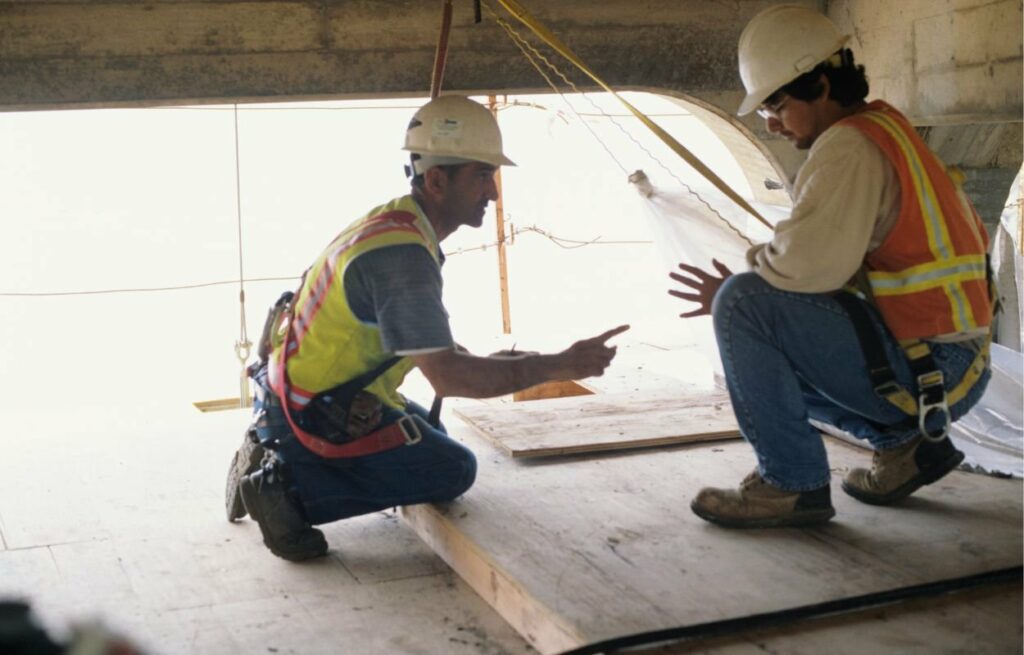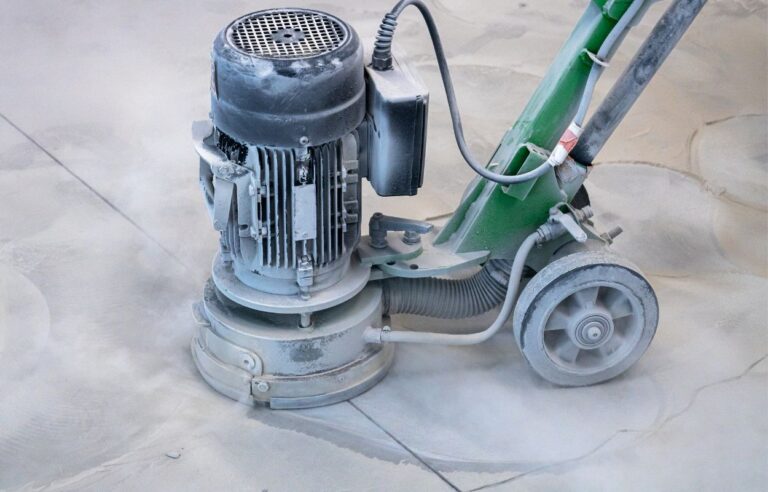
In the realm of earthquake-prone regions, safeguarding structures against seismic forces is of paramount importance. One innovative and effective approach gaining attention is the method of deconstruction for seismic safety. This blog post will delve into the concept, process, and benefits of deconstruction as a proactive measure in earthquake-prone areas.
UNDERSTANDING SEISMIC FORCES
Before we explore the intricacies of deconstruction for seismic safety, it’s crucial to understand the nature of seismic forces. Earthquakes generate powerful waves that can wreak havoc on conventional structures, leading to devastating consequences. Recognizing the need for resilient structures is the first step towards ensuring the safety of communities in earthquake-prone zones.
THE ESSENCE OF DECONSTRUCTION
Deconstruction involves the careful disassembly of a structure, considering its materials, design, and location. Unlike traditional demolition, deconstruction prioritizes salvageable materials, minimizing waste and environmental impact. This process is not merely about dismantling; it’s a strategic approach to enhancing seismic resilience by understanding and utilizing existing building elements.
STRATEGIC MATERIAL SALVAGE
One key aspect of deconstruction for seismic safety is the strategic salvage of materials. By identifying and preserving components that meet safety standards, these materials can be reused in the reconstruction phase. This not only reduces the environmental footprint but also promotes sustainability in the face of seismic challenges.
REINFORCING STRUCTURAL INTEGRITY
Deconstruction allows for a detailed examination of a structure’s vulnerabilities. Engineers can identify weak points and design flaws during the disassembly process. This knowledge is invaluable for reinforcing structural integrity in subsequent constructions, ensuring that the new buildings are better equipped to withstand seismic forces.
COMMUNITY ENGAGEMENT AND EDUCATION
Implementing deconstruction for seismic safety is not solely a technical endeavor. Community engagement and education play pivotal roles in the success of this approach. Informing residents about the benefits of deconstruction and involving them in the process fosters a sense of collective responsibility, making the community more resilient as a whole.
COST-EFFECTIVENESS AND LONG-TERM SUSTAINABILITY
While the initial costs of deconstruction may seem higher than traditional demolition, the long-term benefits far outweigh the investment. The salvaged materials can significantly reduce reconstruction expenses, and the enhanced structural resilience ensures a safer environment for years to come. Deconstruction for seismic safety proves to be a cost-effective and sustainable solution for earthquake-prone regions.
ADAPTABILITY AND SCALABILITY
Another noteworthy advantage of deconstruction for seismic safety lies in its adaptability and scalability. Unlike rigid construction approaches, deconstruction allows for adjustments based on evolving seismic research and technologies. As our understanding of seismic forces advances, the deconstruction process can be refined to incorporate the latest safety measures. Furthermore, the scalability of this approach is evident in its applicability to various types of structures. Whether it’s residential buildings, commercial complexes, or critical infrastructure, the principles of deconstruction can be tailored to address the unique challenges posed by each type of structure. This adaptability and scalability make deconstruction a versatile and forward-thinking solution for ensuring seismic safety in diverse environments.
In the face of seismic uncertainties, adopting innovative approaches like deconstruction is imperative for creating resilient communities. The strategic disassembly, material salvage, and community engagement inherent in deconstruction for seismic safety make it a holistic and effective solution. By prioritizing safety, sustainability, and cost-effectiveness, this method stands as a beacon of hope for regions vulnerable to seismic activities. Embracing the philosophy of deconstruction is not just about preparing for the next earthquake; it’s about building a future that can withstand the tremors of uncertainty.




